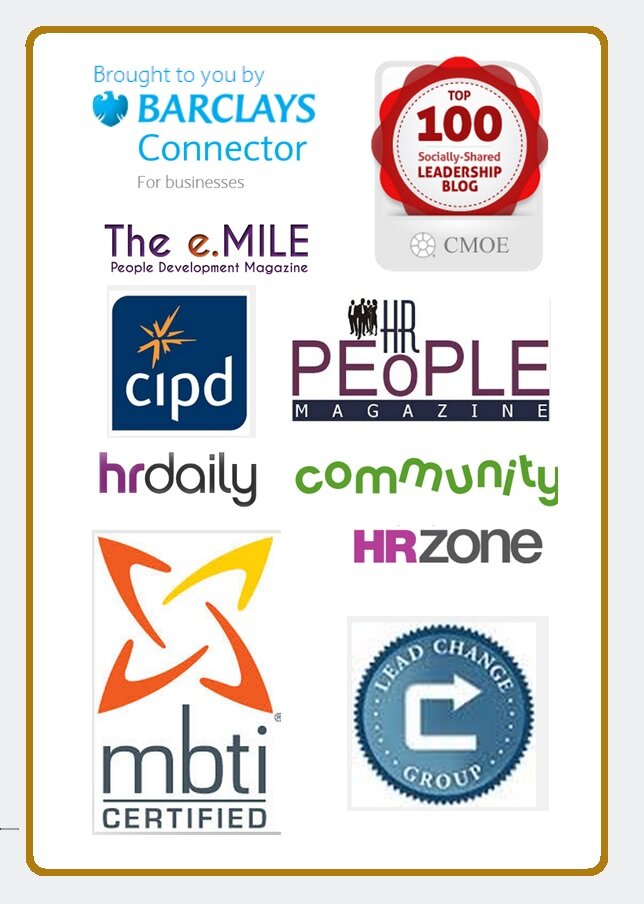 Please, No More New Year resolutions – 4 ways to create change at any time
Please, No More New Year resolutions – 4 ways to create change at any time
For me, the rot started and ended when I used to make and break New Year ’s resolutions. I always started the diet, or gave up cigarettes or vowed to keep the house, my life, my work in pristine order. I probably averaged about 3 weeks staying with my resolution, over the many years I subscribed to the notion of setting these annual goals, before succumbing to the temptation of the path of least resistance and my old habits.
The year I stopped this maddening merry-go-round, was about 10 years ago, when I managed to give up cigarettes for good one September. Why in September? Why not wait until the wonderful prospect of starting in the New Year ?
Basically, I made the change when I did because of 2 things. Firstly, I had come to hate smoking with fervour. Don’t get me wrong it wasn’t really the cigarettes which I hated, it was the lack of control I had over my urge to smoke the things. Secondly, realising the high risk of returning to the dreaded habit, I spent 2 months preparing to give up before I actually did.
In other words, I spent a long time preparing my mind-set, and my strategy. I actually began to think like a non-smoker before I had stopped smoking. What I realised during this process is that when we are trying to make lasting change, you have to internalise the change before you can make a permanent difference.
Since that time, I have been able to refine and experiment with ways of making significant changes, and this is what I have learned.
- You must have a deep desire to make the change. I made overtures about wanting to stop smoking for years, but deep down, I wasn’t motivated enough to do it. It wasn’t until I hated smoking badly that I was prepared to put in the effort of whatever it took to stop the habit.
- You need to have a about what it will look, feel like, and be like, when you have made the change. One of the reasons we are unsuccessful when making change is because we are trying to “move away” from something and it is the situation or the habit we don’t want which is what we focus on. Of course, we always get more of what we focus on. It’s important if your motivation for change is to move away from that you do some real work on creating a vision about what you want instead, and switch your intention and attention to that. Visionary people sometimes have an easier time of it, because they tend to “move towards” their goal, and this is what they focus on. One of my great visionary friends said once, “It’s easy, I just picture it in my head and then it happens”. Even with great vision there are some other steps which if not taken can trip you up.
- You need to be able to believe you can make the change. Whether it’s making more money, becoming healthier or making some other lifestyle change, if you either consciously or unconsciously don’t really believe you can do it, then it isn’t going to happen. The belief gap is one of the reasons small and incremental steps towards your goal is usually better. Some people just have complete faith that they can make big changes and often they can achieve those leaps because they have created the right mind-set. The majority of us though need to make a gradual shift in our beliefs as we blossom into our vision.
- You must act “As if”. We are radio transmitters, and we are always broadcasting our signal out. We often get jammed on the same wavelength, which makes us return to unhelpful habits repeatedly. If you want to become slimmer or healthier, but you constantly feel, talk about and think about being overweight and unhealthy, then you will not shift your signal, and you will keep attracting the same old situation. In order to feel, think and be the person you will be when you reach your goal or achieve your vision, you need to use your imagination. You can do this by asking yourself: How would I feel, what would I think and who would I be if I achieved this goal or my vision? When you get the answer, tune into that state of being as often as you can.
So there are my 4 top tips for creating real change in your life. If you’ve made some New Year Resolutions, don’t despair, just follow those steps and you will greatly increase your chance of success. But remember, you don’t have to wait for New Year; you just have to want the change enough.
Wishing you a very Happy, Prosperous New Year.
This great article is from the our 6 months themed series based on the Centre for Creative Leaderships Report of 2013, in which they identified the 6 top challenges for leaders across the globe: Don't Miss Out! Sign up here to be notified of subsequent issues and posts

If you are a leader, you are continually developing and "Sharpening the Saw". If you lead and manage teams, then you must read about our Inspirational New Leadership Programme. Sign up now to find out more details when we launch in July 2014. There is no obligation to undertake the programme, if you sign up today, you will simply be sent more information about the programme. You can unsubscribe at any time! Click below to register for further information.


 Bullying or alleged bullying is always stressful
Bullying or alleged bullying is always stressful Leadership of the future will be all about mindset
Leadership of the future will be all about mindset Great Leaders Have Emotional Intelligence:
Great Leaders Have Emotional Intelligence: Make your Employee Benefits count
Make your Employee Benefits count

